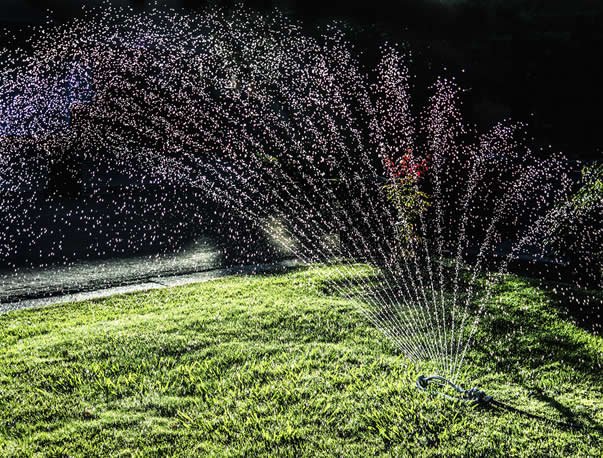GRASS FAQ
Best Types of Grass and Turf for Texas
– Heat and Drought Tolerant –
There is no “one answer fits all.”
We carefully select the best types of turf and grass that we recommend to our customers. There are several types and varieties of grass and turf used for residential and commercial landscaping that will grow well on lawns in Texas. Our pallets of different types and varieties of grass and turf have been carefully selected to grow well in Texas lawns.
Some turf and grass is drought and heat tolerant while others are not. Some varieties can grow in shade while others need lots of sun. Some have special mowing requirements to promote growth.
Selecting the right type of grass or turf to grow in your Texas lawn can be challenging, but our staff is trained to help you select the best one that is suitable for your landscaping requirements.
What is the Difference Between Grass and Turf?
You must look at the root system to distinguish between the two. Turf has a bunch-type growth and will feel thicker when you walk on it. Empire Zoysia, Palisades Zoysia, Cavalier Zoysia, and Jamur Zoysia are examples of turf.
Grass spreads by developing rhizomes under the ground and will feel thinner. Bermuda grass and Centipede grass are two examples.
Both turf and grass are excellent choices but your selection depends on the location in which you are going to plant the grass or turf, drought conditions, the maintenance involved, and the grass or turf’s tolerance to heat and cold conditions.
Approximately how many pieces of grass or turf are on a full pallet?
There are approximately 150 pieces of grass or turf per pallet.
What is the size of each piece of grass or turf on a pallet?
Each piece is approximately 16 inches by 24 inches.
Approximately how many square yards will a pallet of grass or turf cover?
A full pallet will cover approximately 450 square feet.
Is there a minimum purchase of turf or grass?
You may purchase Raleigh St. Augustine by the piece, half pallet or full pallet. Any other variety of turf or grass is usually a one pallet minimum.
How to Water, Fertilize, and Mow Grass in Texas
Watering grass that has been planted in Texas is critical for establishing a healthy lawn.
Along with water, mowing and fertilizing at the correct time are also important. The following procedures are a guide to help you, but all lawns are not the same. The condition of your grass will help you determine the proper time to water, mow and fertilize.
How to Water Grass in Texas
Water each day for 2-6 weeks until the grass is well established.
When you pull on a piece of sod, can it come out of the ground easily? If so, it is too early to mow your grass. Let it grow a little longer and then check it again before mowing.
Wait 5-7 weeks before fertilizing your new lawn. However, it is best to fertilize a new lawn in March or October. In the summer months, the grass is stressed from the heat temperatures.
Important Suggestion: It is best to install your irrigation system before the turf is laid on the ground.
Facts About Turf
The roots contain 90% of its weight.
Turf and grass act as a filter to purify water with the root systems and microbes that are present in the soil before entering underground aquifers.
Grass filters our air by capturing 12 million tons of dust and dirt annually.


